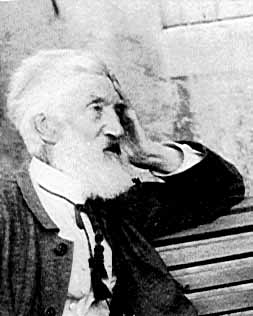Pierre Laffitte facts for kids
Pierre Laffitte (born February 21, 1823 – died January 4, 1903) was a French philosopher. He was a follower of Positivism, a way of thinking that focused on science and reason.
Pierre Laffitte was born in Béguey, a town in France. He later moved to Paris and worked as a mathematics teacher. There, he became a close student and follower of a famous philosopher named Auguste Comte. Comte chose Laffitte to manage his writings and ideas after he passed away.
Leading the Positivist Movement
After Auguste Comte died, his followers had different ideas about how to continue his work. They split into two main groups. Pierre Laffitte became the leader of the group that wanted to follow all of Comte's original teachings.
The other group followed Émile Littré. They did not agree with Comte's idea of a "religion of humanity," which was a way of thinking about human progress and society.
Teaching and Writing
Starting in 1853, Laffitte began giving lectures about Positivism. He taught in the same room that Auguste Comte used to use in Paris.
Laffitte also wrote important books. These included Les Grands Types de l'humanité (published in 1875) and Cours de philosophie première (published in 1889).
Later Life and Legacy
In 1893, Pierre Laffitte became a professor at the Collège de France. This was a new position created just for him. He taught about the general history of science.
Laffitte was also a big reason why a statue of Auguste Comte was put up in Paris in 1902. This statue is near the Sorbonne, a famous university building.
In 1877, Laffitte traveled to Constantinople (now Istanbul) with other positivists. They met with a leader named Midhat Pasha. They wanted to share their ideas about Positivism as a modern way of thinking that was not tied to any specific religion.
Pierre Laffitte passed away in Paris in 1903.
See also
 In Spanish: Pierre Laffitte para niños
In Spanish: Pierre Laffitte para niños


